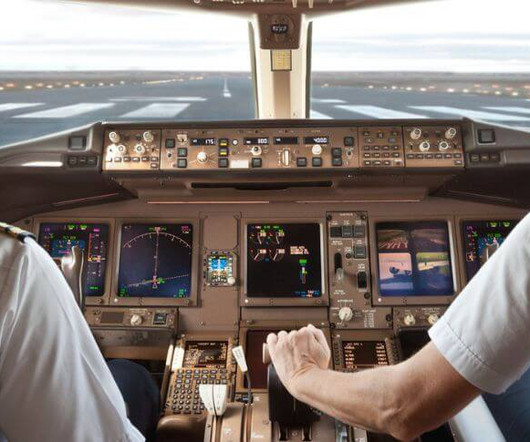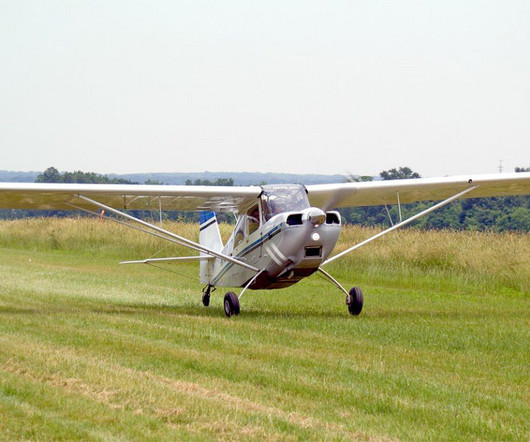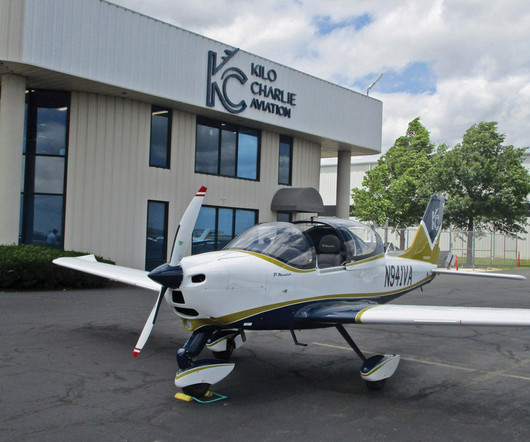Mastering the Crosswind Landing Technique: Tips for Safer Touchdowns
Pilot's Life Blog
JUNE 18, 2025
Maintain a stable approach speed, slightly above your normal landing speed, to help control the aircraft. Final Approach Adjustments Use the crab method to keep the aircraft aligned with the runway centerline. Keep a close eye on your airspeed, descent rate, and alignment, adjusting controls as needed.














Let's personalize your content